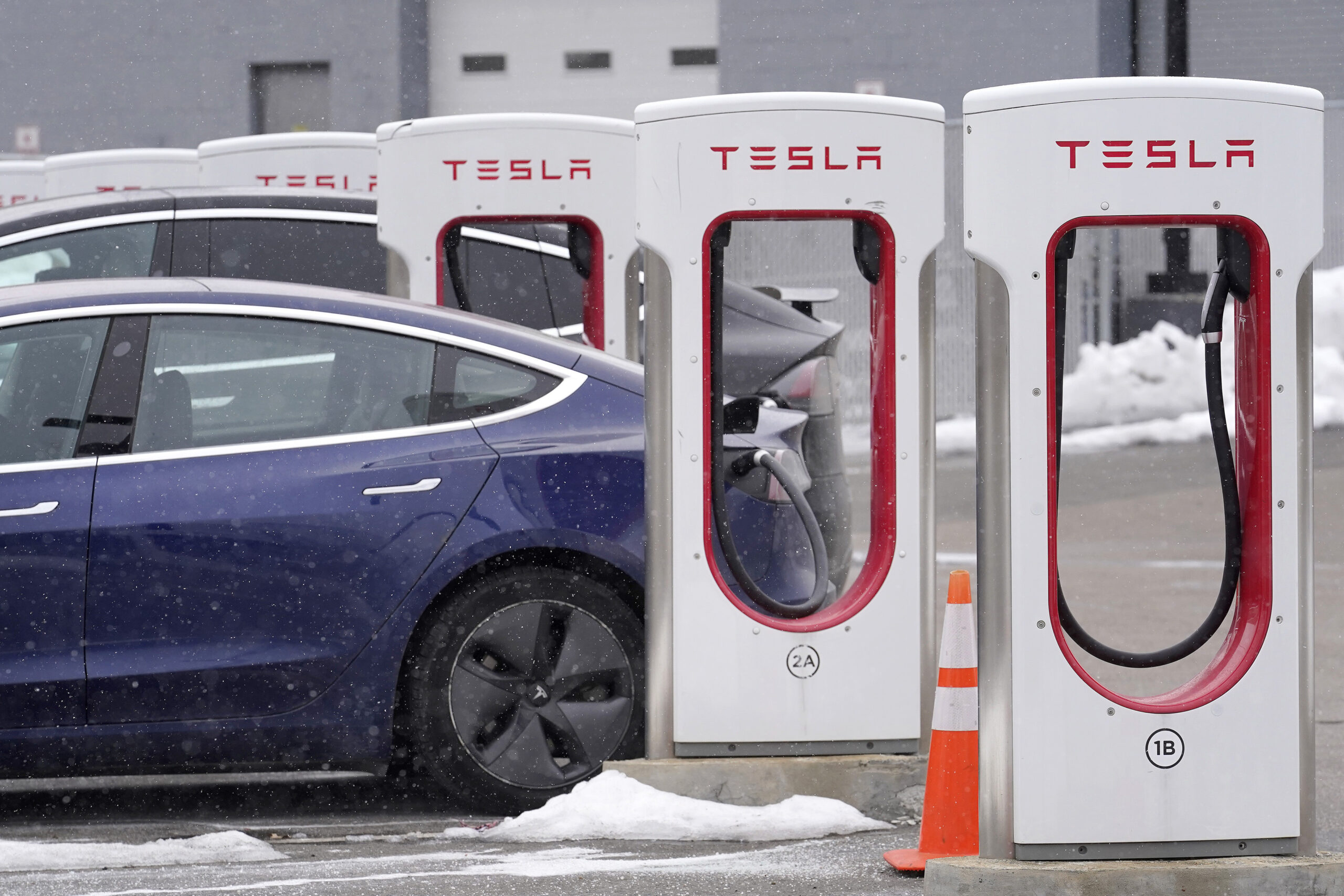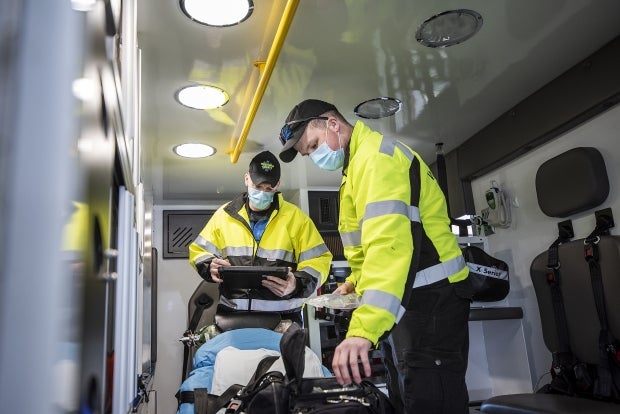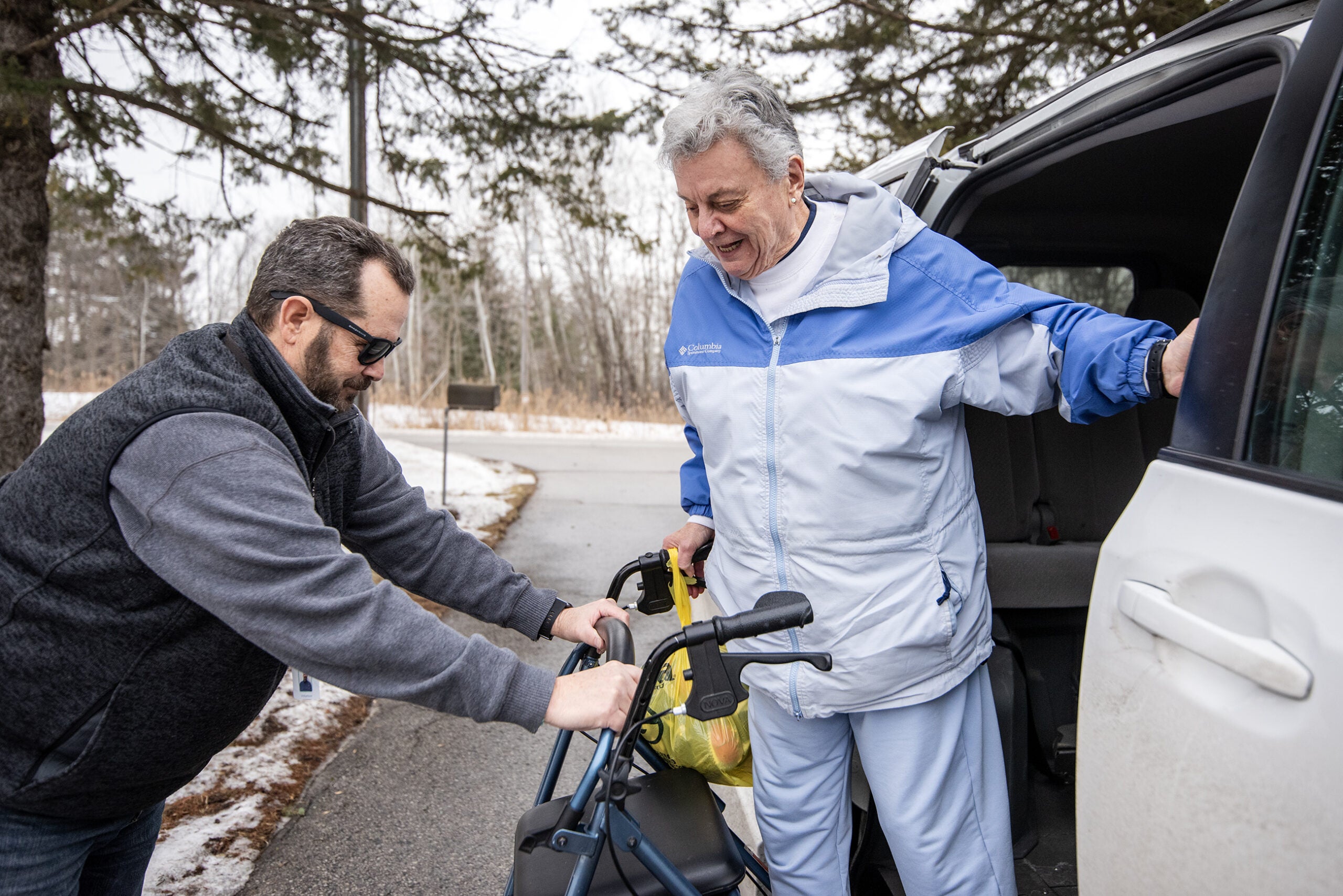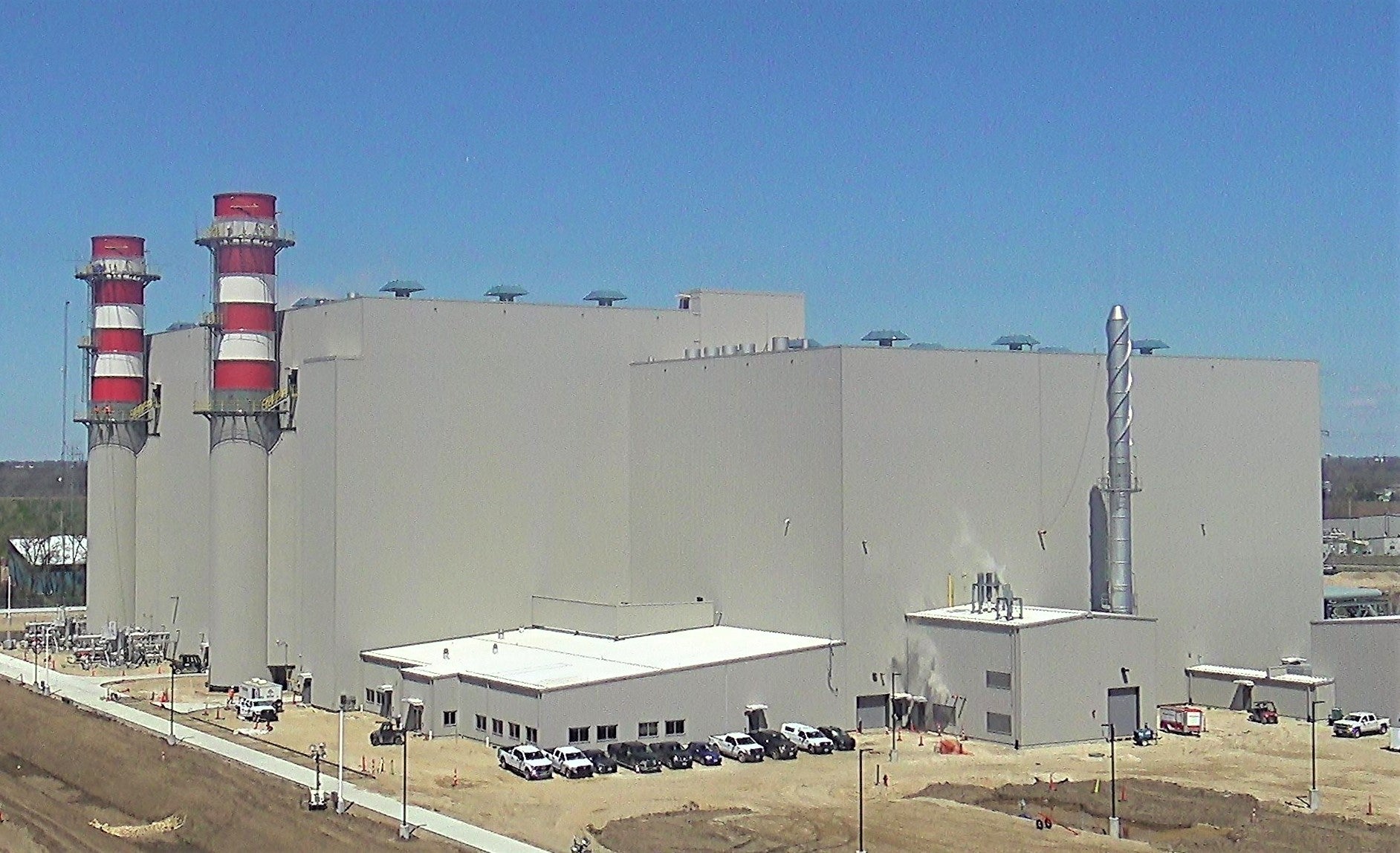Rural transit providers in northern Wisconsin say they’re spending more than they budgeted for gas amid soaring prices in recent weeks, but high gas prices could boost riders as people seek to lower their costs.
The average price for a gallon of gas in Wisconsin has increased 70 cents in the last month to $3.99 as of Wednesday, according to AAA. Prices were already rising as the economic recovery from the COVID-19 pandemic increased demand. Russia’s invasion of Ukraine has only pushed prices higher.
That’s placing pressure on some rural transit providers that often serve multiple counties and residents who are more spread out than their urban counterparts.
News with a little more humanity
WPR’s “Wisconsin Today” newsletter keeps you connected to the state you love without feeling overwhelmed. No paywall. No agenda. No corporate filter.
Bay Area Rural Transit provides service to Ashland, Bayfield and Price counties. Pat Daoust, transit manager for BART, said he budgeted around $140,000 for fuel based on an average gas price of $3.70 per gallon. But, it now costs between $4.07 to $4.13 to fill up a gallon of gas in the three counties.
“So, being that we’re at over $4, that’s hurting me,” said Daoust.
Even so, BART saved money in the first two months of the year when prices were below the amount budgeted.
“If it doesn’t stay up too long, it’ll offset itself, and I won’t be at risk of going over budget,” said Daoust.
The surging cost of gas could threaten budget overruns as prices are projected to remain high for months, but it may also benefit rural transit providers suffering from large dips in ridership during the COVID-19 pandemic. The American Public Transportation Association said ridership is around 61 percent of what it was prior to the pandemic nationwide.
While high gas prices eat into fuel budgets, it could cause ridership to rise. Marv Anderson chairs the Oneida-Vilas Transit Commission, which is the policy-setting board for Northwoods Transit Connections. Anderson said their transit manager has already seen a slight increase in riders in the two-county area they serve.
“Particularly, the senior group of folks with some disabilities … they are taking advantage of the low cost for the transit commission rides,” said Anderson.
Rides that are less than roughly 40 miles cost less in bus fare than a gallon of gas.
Anderson didn’t have details on how many more riders are using their services, but he added their transit manager is reworking a contract to obtain gas at a lower price from a fuel provider in the area. Around $95,000 of the commission’s projected $675,000 budget is set aside for fuel expenses.
Daoust is also looking at contracting for fuel to lock in the cost of gas. He’s also tracking fuel mileage on vehicles and maintenance in the hopes of offsetting increases.
He’s hopeful revenues from riders will rise as fuel prices increase, similar to when gas prices surpassed $4 per gallon in 2008.
“Last time we had a spike in fuel prices, our ridership also spiked, and we collected more in the fare box. So, that could help offset it,” said Daoust.
Around $120,000 of BART’s annual $1.3 million budget comes from passenger revenues.
Both Daoust and Anderson say ridership remains down compared to pre-pandemic levels. Figures weren’t immediately available for Northwoods Transit Connections, but Daoust said BART gave 45,000 rides last year. That’s down from more than 66,000 rides provided in 2019.
The two project the number of riders will grow as the pandemic eases and people feel squeezed at the gas pump.
“Folks are not in the municipal area where it’s a mile or two, and they get out and get off. It’s as much as sometimes going between Eagle River and Rhinelander 15-20 miles,” said Anderson. “That can make a big difference in people’s personal transportation costs.”
One New York consulting firm recently estimated gas prices may cost the average household around $2,000 more this year.
Wisconsin Public Radio, © Copyright 2026, Board of Regents of the University of Wisconsin System and Wisconsin Educational Communications Board.







